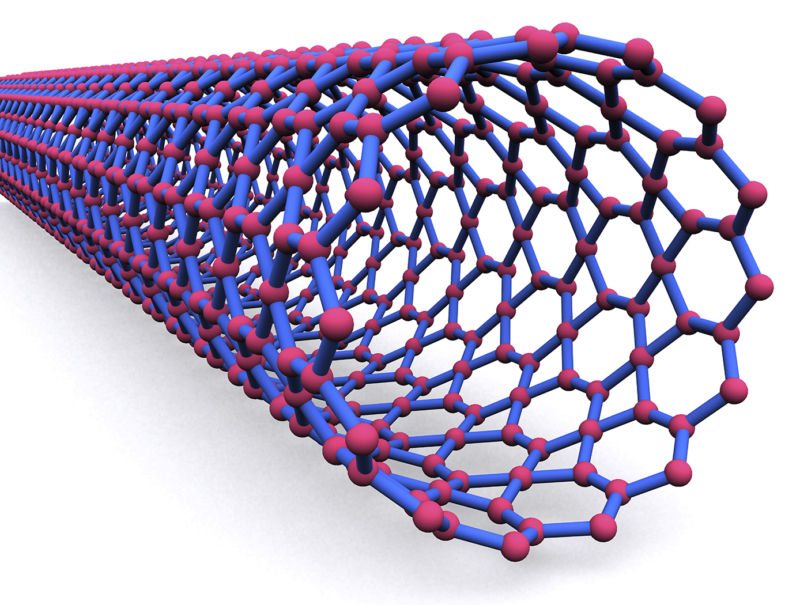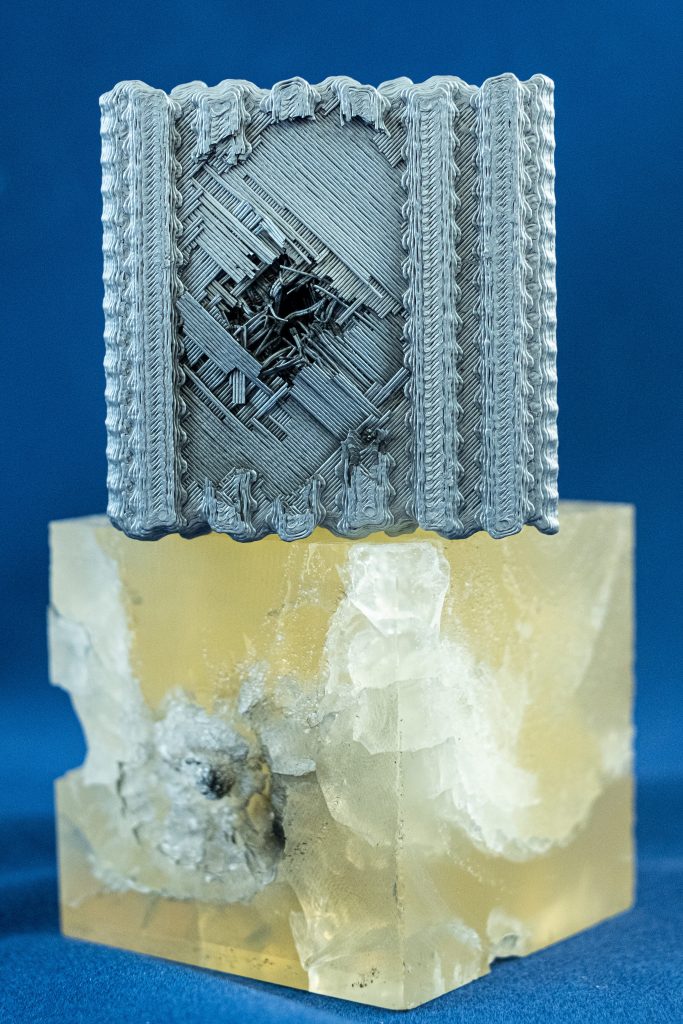China3D printingNet December 4th,3D printingturned another previously theoretical structure into a solid, and this time it deflected the bullet, allowingbulletUnable to inject.
After first predicting the structure of microtubules in 1993, Rice University researchers have succeeded in creating lightweight materials with high impact resistance and load-bearing capacity.
The paper discusses tube-like structures, with author Sayadi explaining: “There are many theoretical systems that people cannot synthesize, they remain impractical and elusive. But for3D printing, we can still take advantage of the predicted mechanical properties, as they are a consequence of topology, not size. “
The microtubule-based design object, which is made of a polymer, has been shown to be ten times better at resisting bullets than a solid block of the same material. This research paves the way for the development of materials with tunable mechanical responses.
3D printingMaterial “unique”
Renal tubules are complex structures based on fullerene tubules made of carbon. Consists of molecules that form closed cylinders.

Single fullerene tubule-nanotube structure. Image via NASA
The structure and properties of so-called tubulins were first predicted in 1993 by RHBaughmana and DS Galvão of Allied Signal Inc. in New Jersey and the Física Institute in São Paulo. Still, carbon tubulin has not been established, but Rice’s new study is one of the first to use the structure as inspiration for a physical object.
In experiments, Sajadi et al.use3D printingThe polymer and tubular-like designs made porous cubes. These cubes were then tested and compared to solid cubes made from the same substrate.
When compressed, the pore structure of the microtubules allows the cubes to collapse, rather than break apart like solid cubes. A similar effect was observed when the blocks were hit by projectiles.
The projectile was fired at 5.8 kilometers per second, creating a crack that spread throughout the solid block of material. In the microtubule cube, the bullet is only stuck within the second layer of the structure.

Tubular microtubule-like polymer cubes (grey) generated by Rice University after impact compared to solid blocks of the same material after impact. Photo by Jeff Fitlow
According to study co-author Peter Boul:
“These3D printingThe impact resistance of the structures gives them their own character. “
New tactile and durable materials?
As a preliminary study, Rice’s team found great potential to apply the tubular microtubule-like structure to the design of products made of different polymers, ceramics and metals. Rice alumnus and co-principal Chandra Sekhar Tiwary explained, “The unique properties of such structures arise from their complex topology, which is independent of size. Enhancements in topological control or improved load-bearing capacity may also be useful for other structural designs. “
while China3D printingNet believes that the research of this project is of great significance to the development of new body armor.
China3D printingNet original article!
(responsible editor: admin)


0 Comments for “New body armor: 3D-printed lattice blocks bullets”